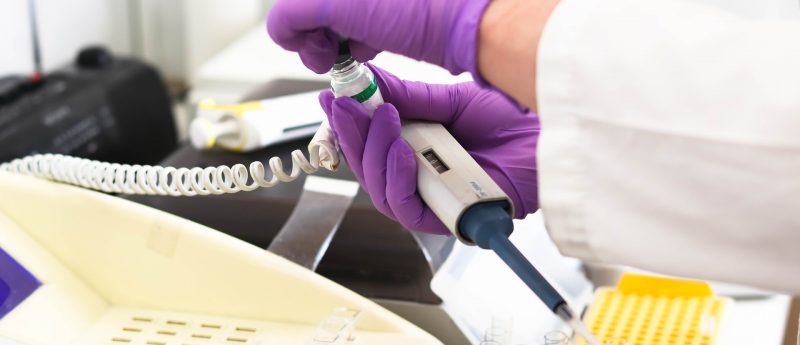Novel miRNA biomarker based strategy could improve melanoma diagnosis

In a report published in the Journal of Investigative Dermatology, researchers based at the University of Utah (UT, USA) report a novel strategy for using miRNA biomarkers to detect melanoma cells in skin tumors. It is hoped that the method could improve the diagnostic accuracy for melanoma with the potential to catch melanomas earlier, which would have positive ramifications for patient care.
Melanoma is a rare but deadly skin cancer, accounting for approximately 1% of global cases of skin cancer but the majority of skin cancer deaths. Research that has identified hundreds of miRNAs for the diagnosis of melanoma, has been hampered by the limited consensus across studies limiting their effective use.
A molecular approach to melanoma diagnosis could allow for an objective test, producing a reliable and reproducible diagnostic score. To allow such an approach the method should take into account the effects of tumor and tissue heterogeneity.
In this research, scientists identified tumor heterogeneity and patient age as the most significant confounding variables in miRNA based melanoma diagnostics and then, utilizing machine learning, identified miRNA ratios that were predictive of diagnosis and not influenced by these variables.
Over 500 miRNAs enriched in nevi or melanomas have been identified at different stages of melanoma progression but not reproduced with external validation sets. Utilizing machine learning Robert Judson-Torres (University of Utah) and his team refined the list to six miRNAs that can reproducibly distinguish melanoma from nevi across independent data sets and profiling platforms. Further work identified eight miRNAs that are predictive of diagnosis and not affected by tumor heterogeneity or patient age.
Using the newly identified method, the scientists evaluated 82 biopsied melanocytic lesions with known outcomes achieving 81% sensitivity and 88% specificity. Rodrigo Torres (University of Utah), lead author of the study commented: “We found that by developing a classifier based on a ratio of diagnostically important miRNA we could provide a more robust biomarker that was less susceptible to changes in tumor cell content and platform allowing for a test that could be used on a greater variety of patient samples.”
To fully determine the accuracy of this novel method in ambiguous cases and for full clinical validation, further research is required. Maria Wei (UCSF Helen Diller Family Comprehensive Cancer Center Melanoma Surveillance Clinic; CA, USA), co-investigator on the study explained: “In addition to improving the diagnostic accuracy for melanoma, this technique also has the potential to help catch melanomas earlier, when the tumor is entirely curable, which would significantly impact patient care.”
Source: Torres R, Lang UE, Hejna M et al. MicroRNA ratios distinguish melanomas from nevi. J. Invest. Dermatol. doi:10.1016/j.jid.2019.06.126 (2019)(Epub ahead of print); www.eurekalert.org/pub_releases/2019-09/e-nsu092519.php






